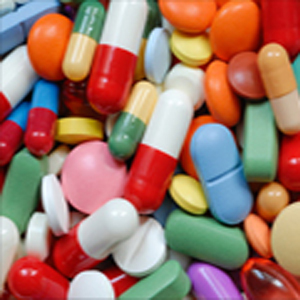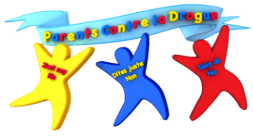
| |
| |
|
What psychoactive?
Prescribe and use wisely,
psychoactive drugs, to mitigate or eliminate psychological
suffering. However, they can be very dangerous when diverted
from their medical use and absorbed by a person who does not
need -medically speaking-.
|
| |
| |
Consumption
form:
Psychoactive medicines are
generally presented as
capsules of different colours.
They are orally taken without
any problem.
Heroin addicts who inject
themselves those two drugs
to obtain a sensation of
euphoria usually use them.
What
are
the
effects?
Caractéristics:
A
psychoactive
drug
is
prescribed
by a
doctor.
After
review,
it
makes
a
diagnosis
and,
if
deemed
necessary,
determine
the
appropriate
treatment
to
the
patient’s
health.
A
lot
of
people
use,
with
or
without
prescription,
drugs,
to
cope
with
the
problems
caused
by
their
daily
difficulties.
| | |



